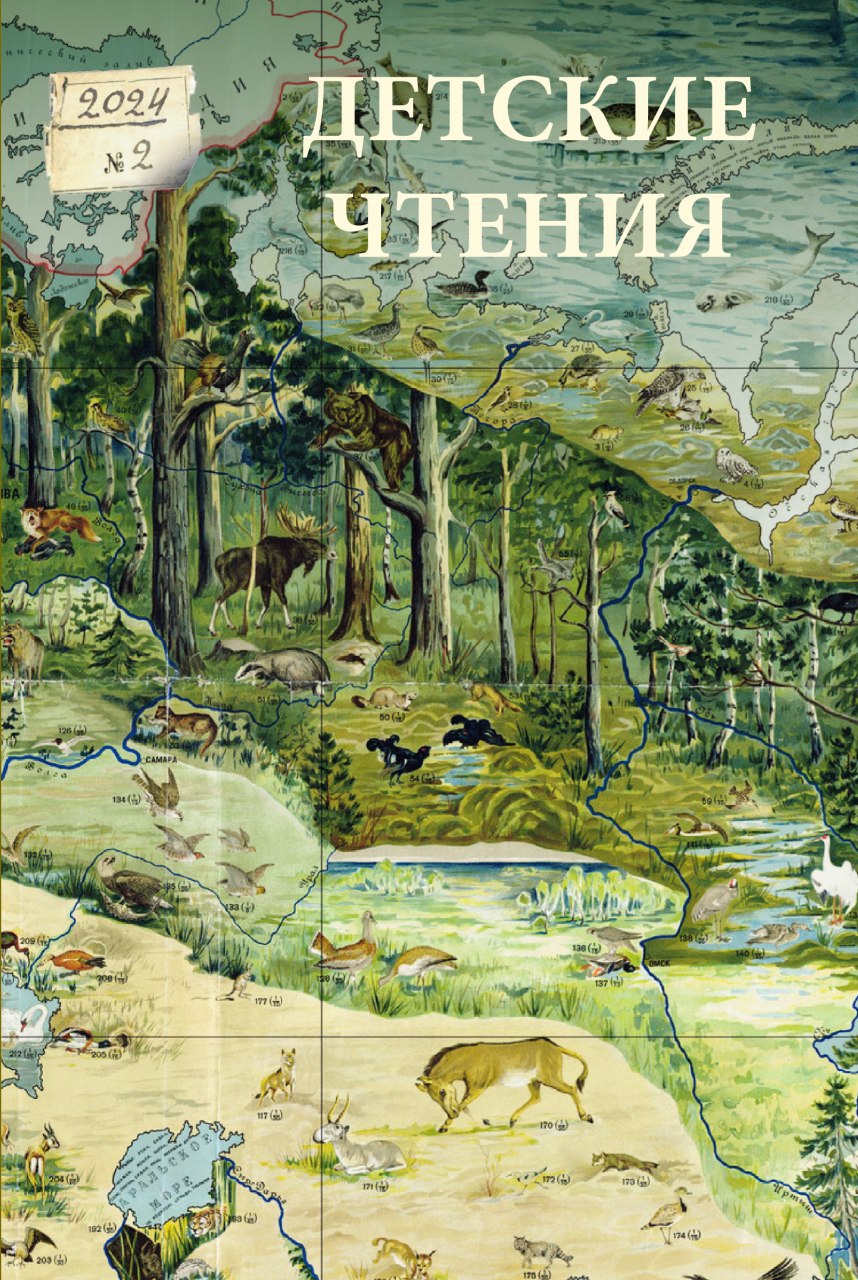“STRIVING FOR WORLD KNOWLEDGE”: DISCUSSIONS ON CHILDREN’S GEOGRAPHICAL LITERATURE FROM THE LAST THIRD OF THE 18TH TO THE FIRST THIRD OF THE 20TH CENTURY
DOI:
https://doi.org/10.31860/2304-5817-2024-2-26-9-32Abstract
In the introduction to the “Archive” section, a retrospective review of critical reviews concerning travel literature, guidebooks, popular science literature on geographical themes, as well as educational aids on regional studies and maps, is proposed. The aim of the article is to present the history of the emergence and development of ideas by educators, critics, geographers, and writers about the types of publications and genre forms of travel literature, travelogues, and popular science literature used as material for learning geography. The enlightening nature of this topic prompts critics to discuss various forms of interaction with readers: from visual narratives in maps and globes to the academic presentation of material in descriptions of expeditions undertaken by geographers and travelers. The absence of a conventional definition of geographical literature as a genre creates diverse ways of its interpretation by educators, critics, and scholars, as well as discussions related to defining its audience. In turn, the multidimensionality of geography as a science, encompassing natural science, economic-political, and applied aspects, generates debates around approaches to its study.
Keywords: geography, travel literature, travelogue, geographical map, geographical game, popular science literature







